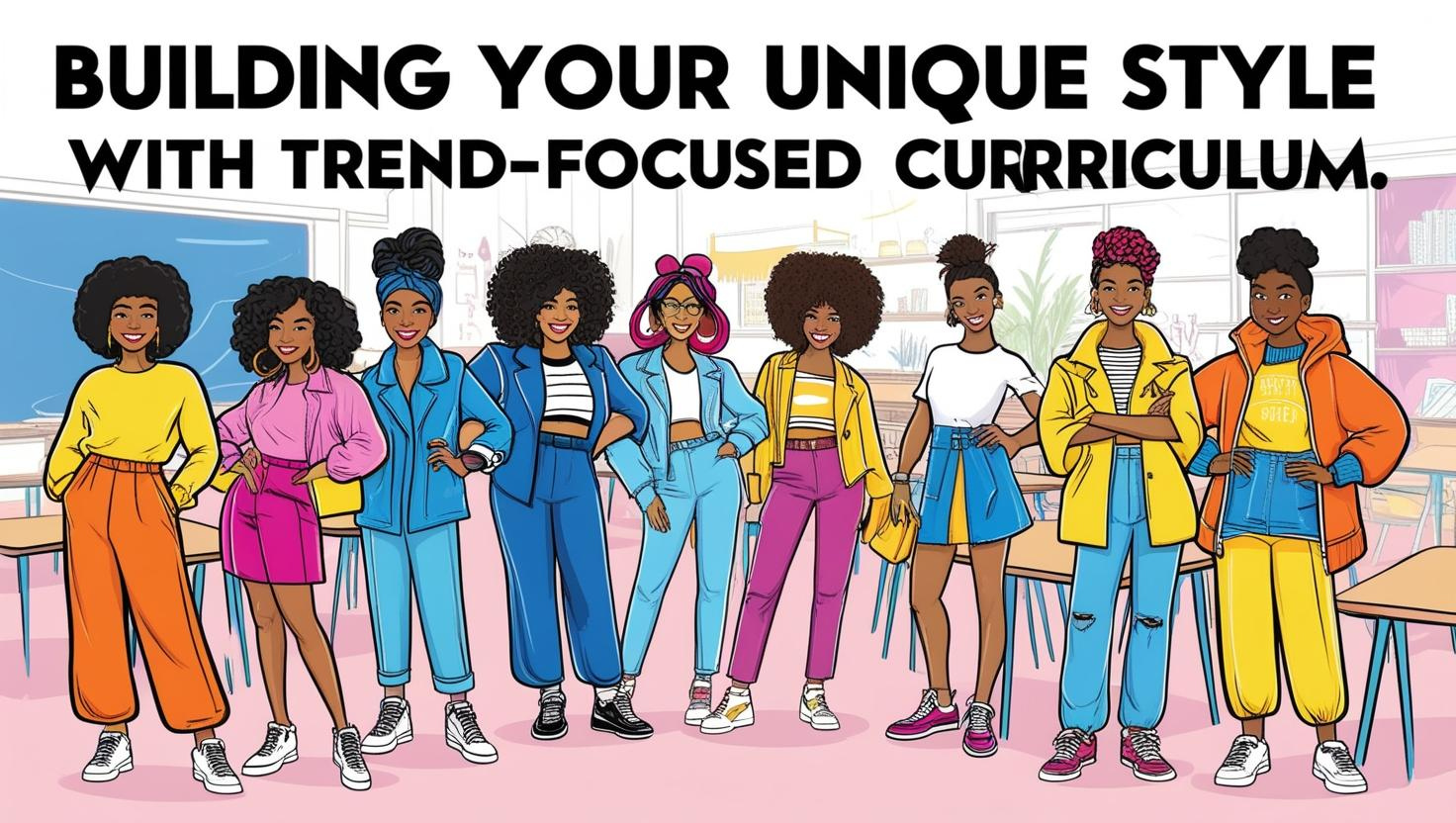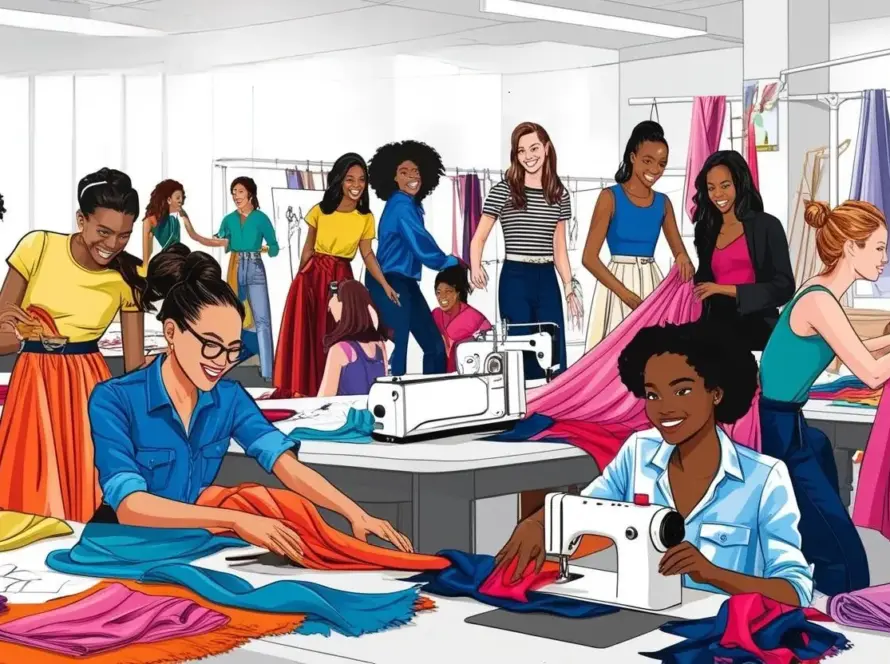Fashion education is evolving to meet the demands of a fast-paced, trend-driven industry. While creativity and individuality remain cornerstones of design, understanding trends is essential to developing a unique style that resonates with contemporary audiences. A trend-focused curriculum bridges the gap between personal expression and market relevance, preparing aspiring designers for success.
Why Trends Matter in Fashion
Trends reflect the cultural, social, and economic zeitgeist of a time. They shape consumer behavior and influence the direction of the industry. Understanding trends can help you:

- Stay Relevant: Designing with current trends in mind ensures your work aligns with market demands.
- Enhance Creativity: Analyzing trends can inspire fresh ideas and innovative interpretations.
- Connect with Audiences: Trend-informed designs are more likely to resonate with consumers and stakeholders.
Integrating Trends into Your Design Process
A trend-focused curriculum teaches students to balance individual creativity with industry insights. Key steps include:
- Trend Research: Learn to identify emerging trends through fashion shows, forecasting reports, and social media analysis.
- Adaptation: Incorporate trends into your work while maintaining your unique perspective and aesthetic.
- Experimentation: Use trends as a starting point for innovation, exploring new techniques, materials, and silhouettes.
Curriculum Features for Developing Unique Style
A well-rounded curriculum combines technical training with trend analysis. Key components include:
- Trend Forecasting: Courses on understanding and predicting industry trends.
- Design Workshops: Hands-on projects that encourage experimentation and risk-taking.
- Cultural Studies: Insights into global influences that shape fashion trends.
- Digital Tools: Training in software for trend tracking and digital design.
Balancing Trends and Individuality
While trends are important, your unique style is what sets you apart. To strike the right balance:
- Stay True to Your Vision: Use trends as inspiration, not a rulebook.
- Personalize Trends: Adapt popular elements to align with your aesthetic.
- Create Timeless Pieces: Design items that combine trend relevance with lasting appeal.
Career Advantages of a Trend-Focused Education
A curriculum centered on trends equips you with skills to thrive in various fashion roles, such as:
- Designer: Create collections that blend innovation with market appeal.
- Stylist: Curate looks that align with current aesthetics.
- Merchandiser: Plan assortments that cater to consumer preferences.
- Forecaster: Predict trends to guide brands and retailers.
How to Choose the Right Program
When selecting a fashion program, look for:
- Industry Connections: Opportunities for internships and collaborations with trend-focused brands.
- Experienced Faculty: Mentors with expertise in both design and trend analysis.
- Comprehensive Curriculum: A balance of technical skills, creative freedom, and market insights.
- Alumni Success: Graduates who have built successful careers leveraging their unique styles and trend knowledge.
Conclusion
Building your unique style requires a blend of personal creativity and industry awareness. A trend-focused curriculum equips you with the tools to navigate the ever-changing fashion landscape while staying true to your vision. By mastering trends and infusing them with individuality, you can create designs that captivate and inspire in a competitive market.




